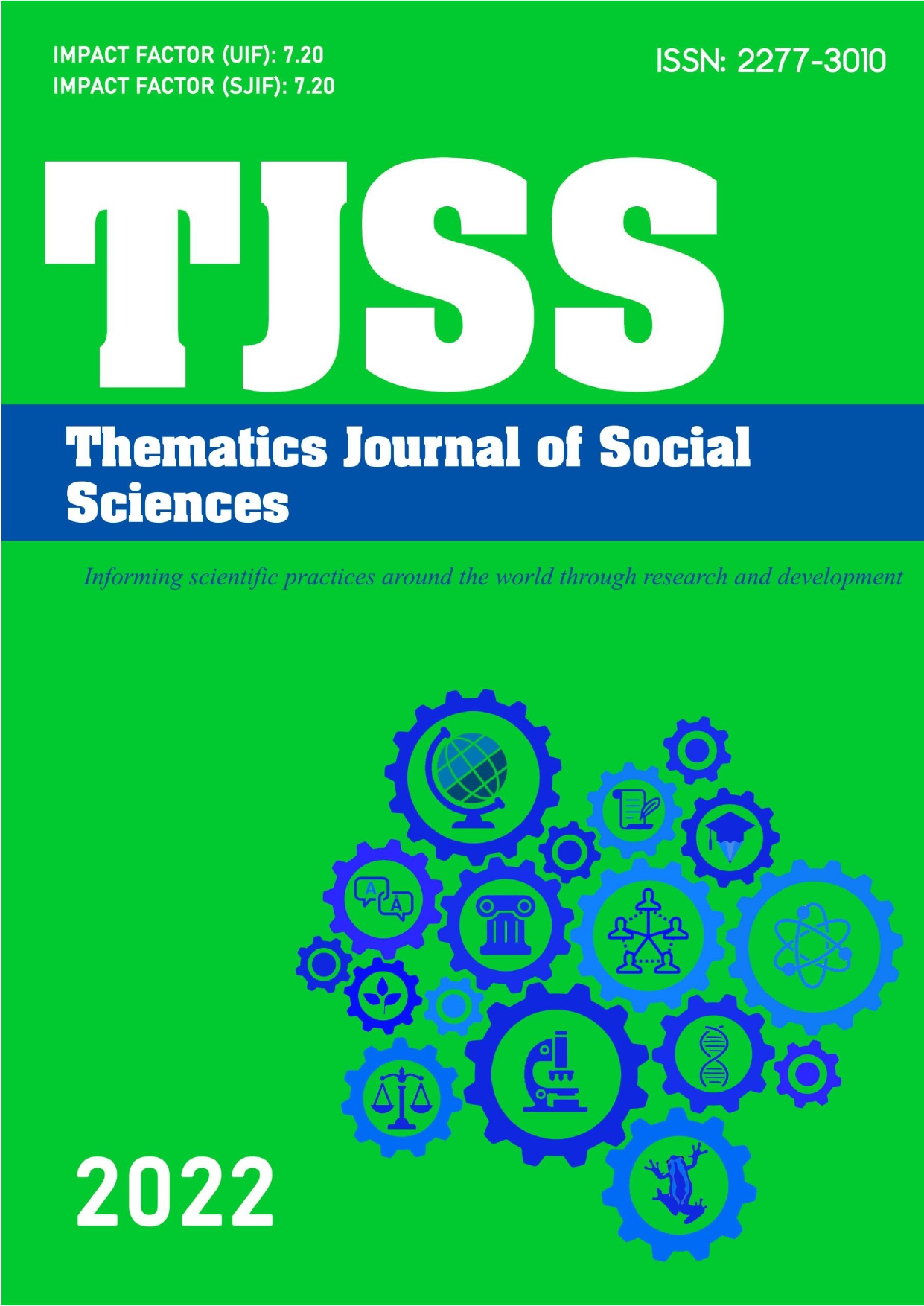SPECIFICS OF INTERSTATE INTERACTION IN THE WTO AND THE EAEU
Abstract
In the modern era of globalization, the degree of interconnectedness is increasing states in all spheres of life. In the conditions of the transition of the world to multipolarity regional alliances are playing an increasingly important role to varying degrees. Integration is becoming a form of interstate interaction, and tendencies towards regionalizations are characteristic of the entire globalizing world. As for the multi-vector integration processes in the post-Soviet space, the creation of the Eurasian Union was a key event for these processes. As you know, Russia is the core of the Eurasian Union and integration processes in the post-Soviet space. In its turn, Eurasian integration is a geopolitical project, a response to the expansion EU zones. Initially, the Eurasian Union initiative was ambitious: it is aimed at creating a supranational entity similar to the EU.
References
Afontsev S.A. Conditions and Criteria for Successful Integration: Lessons from Global Experience for the Customs Union // Economic science: methodology, theory and practice / ed. A.P. Zaostrovtsev. St. Petersburg: Leontief Centre, 2014, pp. 145-164.
Vinokurov E.Yu., Kulik S.A., Spartak A.N., Chernyshev S.V., Yurgens I.Yu. The conflict of two integrations. M.: Ekon-Inform, 2015. P. 218.
Gordeeva T.F. Fundamentals of international integration // Mirovaya ekonomika, 2011. No.1. P. 37-40.
Kazarinova D.B. Competition of soft power strategies in the CIS space: Eastern Partnership VS Eurasian Union // VI All-Russian Congress political scientists “Russia in the Global World: Institutions and Strategies of the Political interactions." Moscow. November 22-24, 2012. Moscow: RAPN, 2012.




